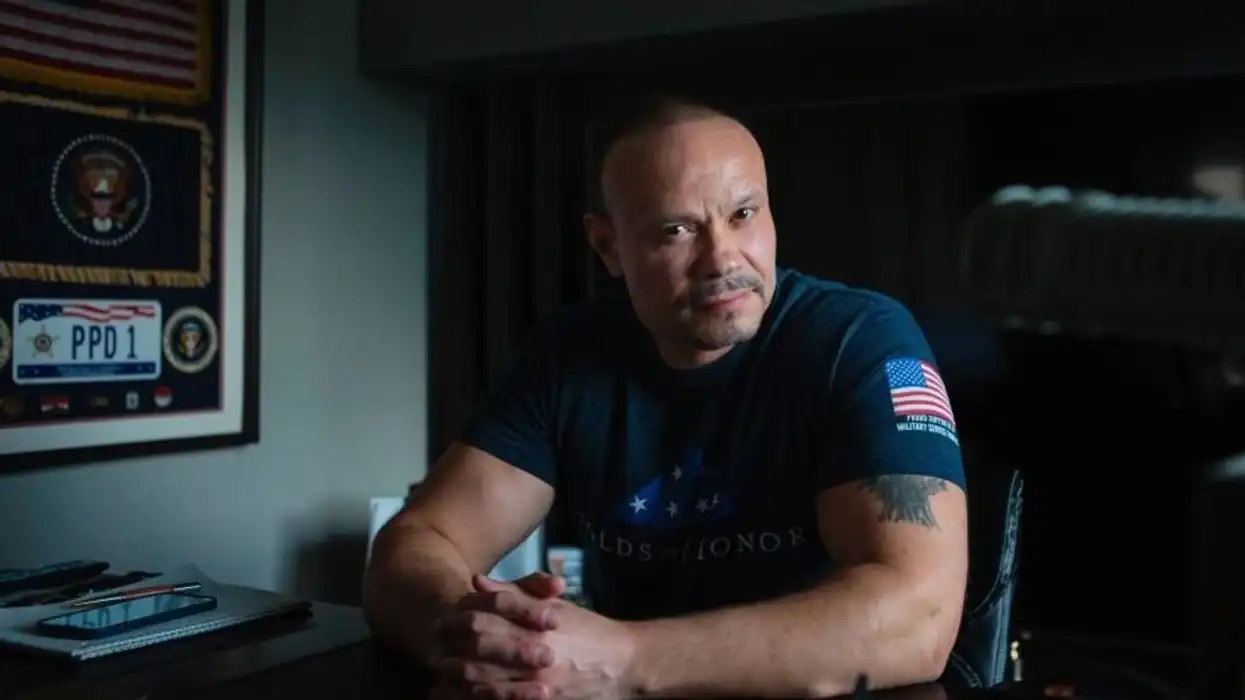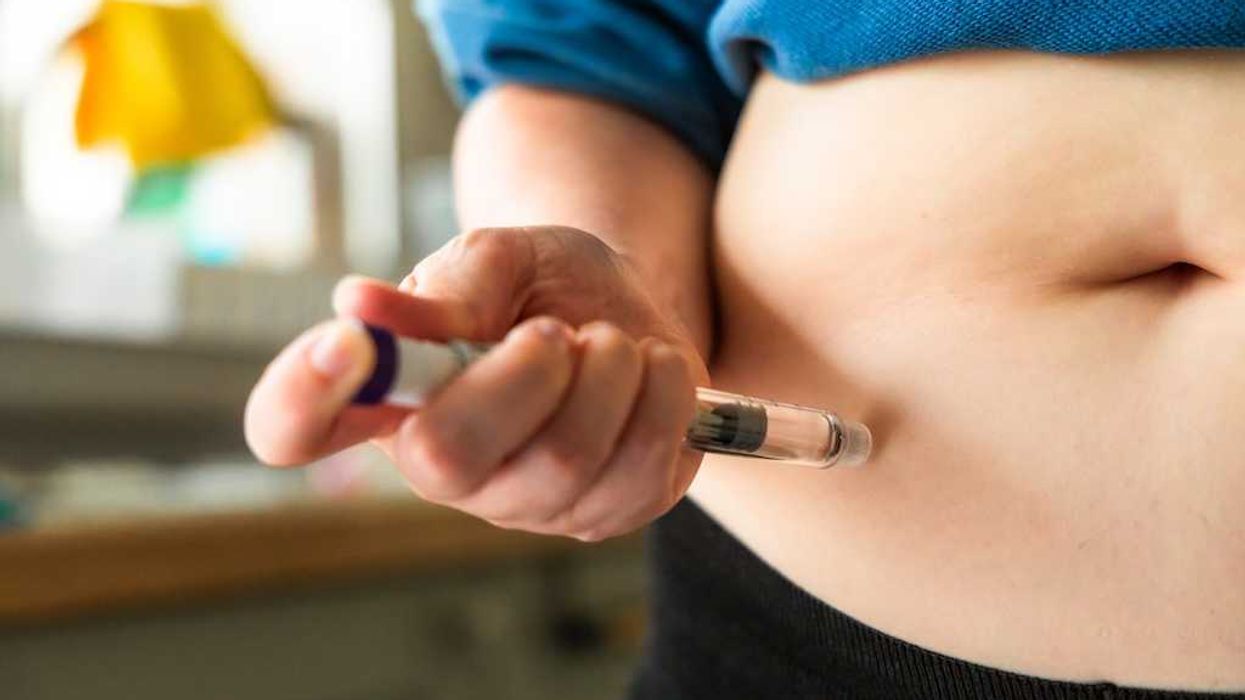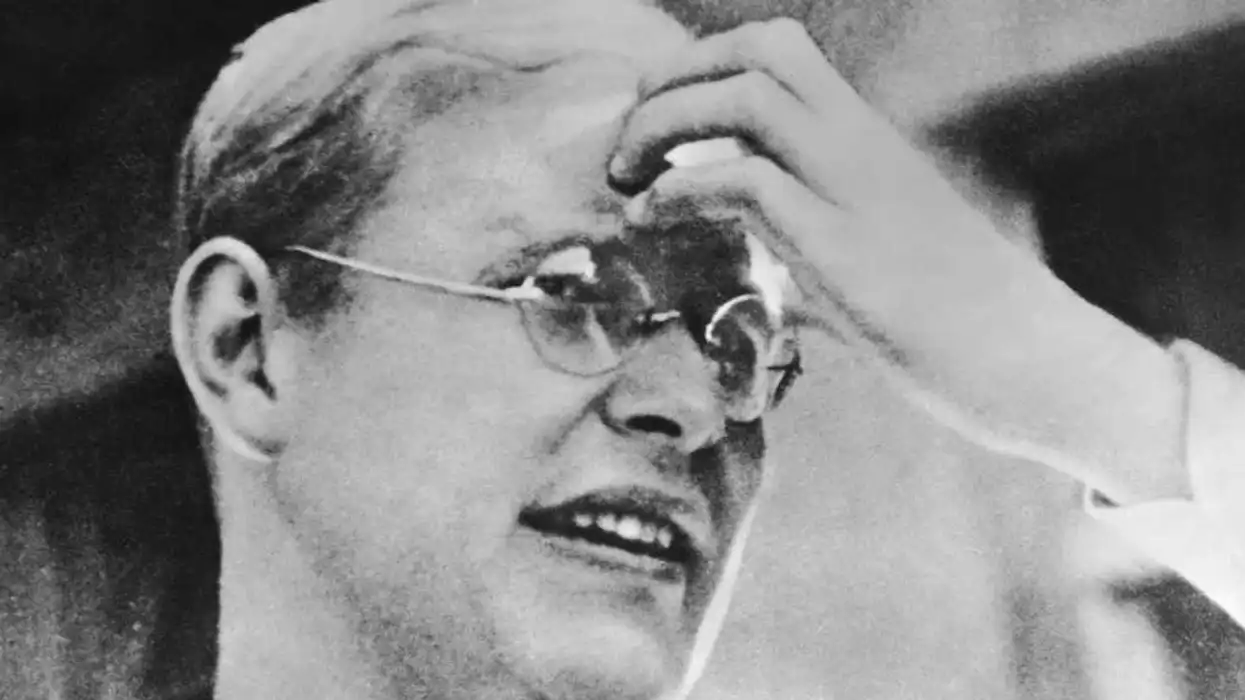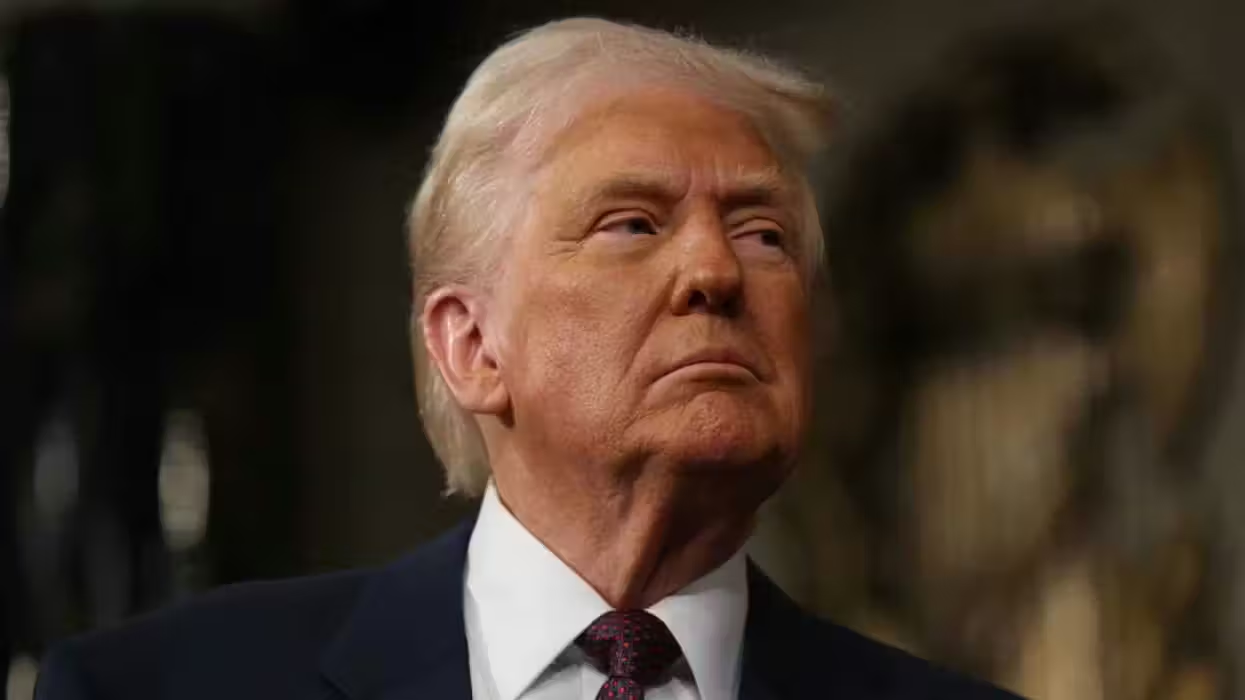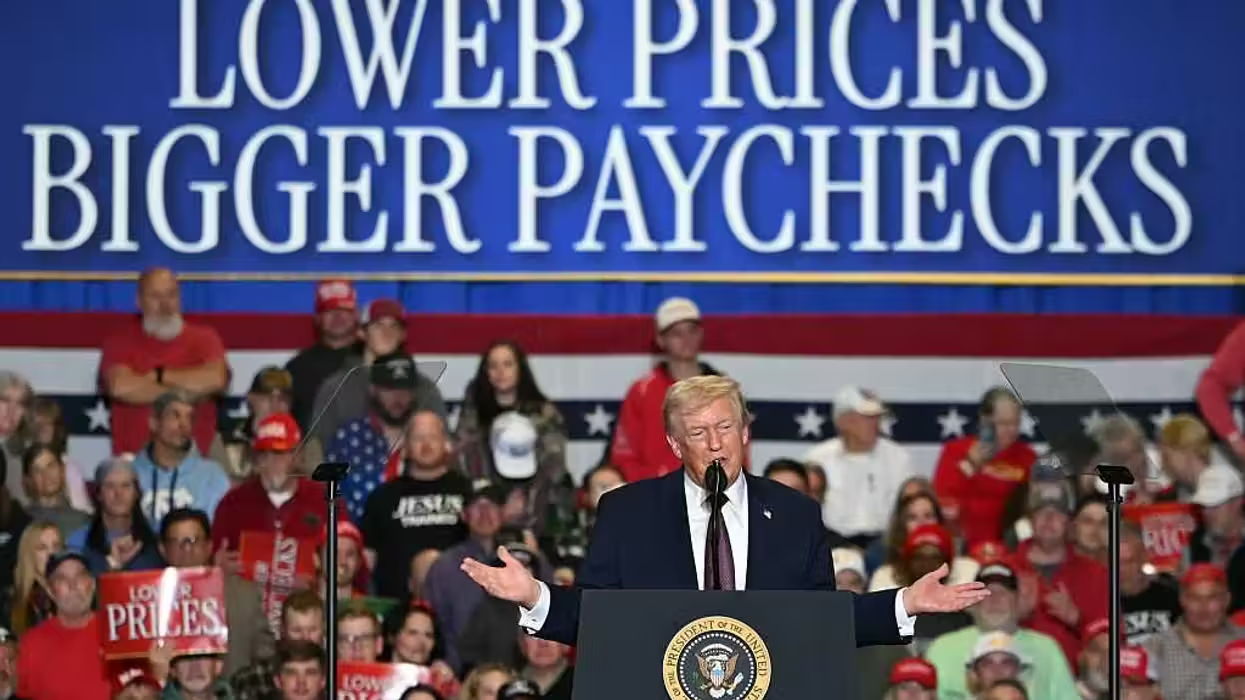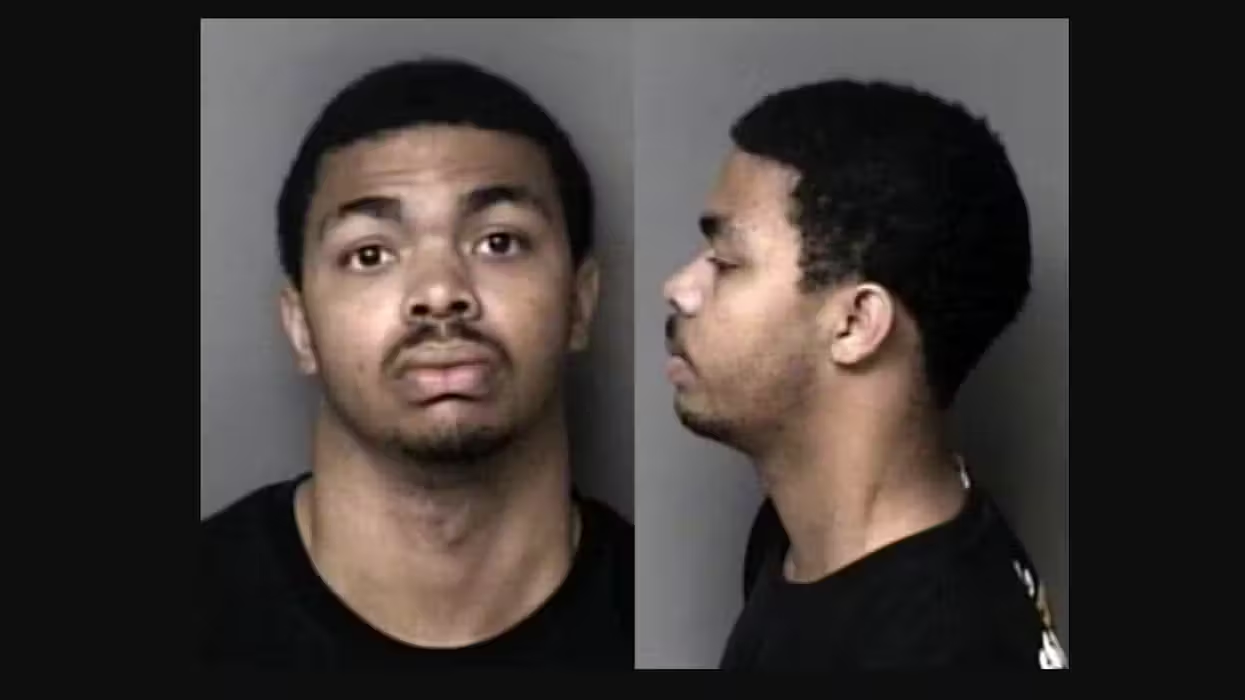White House press secretary Jay Carney on Thursday faced a press corps fed up with the lack of presidential access given to photojournalists while the White House uses its image machine to pump out exclusive shots taken by President Barack Obama's official photographer.
The long-simmering problem was exacerbated by the president's recent trip to South Africa for former South African leader Nelson Mandela's memorial, when news photographers were barred from an Air Force One meeting between Obama and his predecessor George W. Bush. The White House afterward released its own photos of the duo.
 Official White House photographer Pete Souza is seen reflected as President Barack Obama speaks during an event on the White House grounds Dec. 2, 2013 in Washington, D.C. (AFP/Getty Images/Brendan Smialowki)
Official White House photographer Pete Souza is seen reflected as President Barack Obama speaks during an event on the White House grounds Dec. 2, 2013 in Washington, D.C. (AFP/Getty Images/Brendan Smialowki)
Carney, stressing that he used to be a journalist, insisted that the White House has a deep respect for the news media.
"From the president on down, we are absolutely in agreement that there is no substitute for a free an independent press," Carney said.
The issue came to a head Thursday after the head of Associated Press' photography division published an op-ed in The New York Times charging that the White House policy blocking news photographers in favor of issuing official government photos is “propaganda” that the public should reject, comparing it to what “repressive governments” do around the world.
“If you take this practice to its logical conclusion, why have news conferences?” Santiago Lyon wrote in the op-ed titled, "Obama's Orwellian Image Control." “Why give reporters any access to the White House? It would be easier to just have a daily statement from the president (like his recorded weekly video address) and call it a day. Repressive governments do this all the time.”
Carney said the administration wants to work with the press on the issue, but implied that it's a traditional complaint from media to always be seeking more access.
"We are absolutely working with the press and photographers to address these concerns," Carney said.
He said the difference in the degree of photos used by this White House compared to past administrations is the result of changing technology.
"It's part of a bigger transformation that's happening out there that's driven by the ability of everyone to post anything on the internet free of charge so that you don't have to buy that newspaper or subscribe to that wire service to see that photograph," Carney told the press corps.
But reporters in the room didn't buy it, some shouting that it's not about the Internet, but about access that was granted under previous administrations.
Last month, the White House Correspondents Association lodged a formal protest against the administration's policy of banning photographers from certain events while releasing official White House photos.
Lyon wrote the op-ed in light of the “selfie” the president posed for with other world leaders at the Mandela memorial service. Lyon said smart phone cameras are one way that visual communications has been democratized in recent years, then contrasted that with Obama's administration.
“Manifestly undemocratic, in contrast, is the way Mr. Obama’s administration — in hypocritical defiance of the principles of openness and transparency he campaigned on — has systematically tried to bypass the media by releasing a sanitized visual record of his activities through official photographs and videos, at the expense of independent journalistic access," Lyon wrote.
On Jan. 21, 2009, one day after taking office, Obama vowed, “Transparency and the rule of law will be the touchstones of this presidency.”
“The White House-based press corps was prohibited from photographing Mr. Obama on his first day at work in January 2009. Instead, a set of carefully vetted images was released," Lyon wrote. "Since then the press has been allowed to photograph him alone in the Oval Office only twice: in 2009 and in 2010, both times when he was speaking on the phone. Pictures of him at work with his staff in the Oval Office — activities to which previous administrations routinely granted access — have never been allowed.”
 Official White House photographer Pete Souza takes photos of President Barack Obama greeting family members of the victims and survivors of the 9/11 attacks during a Pentagon ceremony, Sept. 11, 2013. (Getty Images)
Official White House photographer Pete Souza takes photos of President Barack Obama greeting family members of the victims and survivors of the 9/11 attacks during a Pentagon ceremony, Sept. 11, 2013. (Getty Images)
Carney, who covered the Bush White House as a Time magazine reporter, rejected the notion that the current administration is worse than previous ones. He also said Lyon's statement about only two opportunities to photograph the president in the Oval Office was incorrect.
Lyon's column talked about famous presidential pictures from news photographers that captured history.
“Consider these moments: John F. Kennedy’s son peeking out from under his desk; Richard M. Nixon flashing a two-armed V-for-victory sign as he departed office in disgrace; Ronald Reagan waving from a hospital window after cancer surgery to assure America that he was OK; George W. Bush’s astonishment on learning of the 9/11 attacks, and his remarks to rescue workers at the rubble of the World Trade Center days later,” he wrote. “It’s true that photojournalists will on occasion capture embarrassing gaffes (think of Gerald R. Ford’s stumbling on the steps of Air Force One or Mr. Bush’s reaching for a locked door at a news conference in China). These images show — surprise — that the president is human.”
Lyon concluded, “Until the White House revisits its draconian restrictions on photojournalists’ access to the president, information-savvy citizens, too, would be wise to treat those handout photos for what they are: propaganda.”
–
[related]

 Official White House photographer Pete Souza is seen reflected as President Barack Obama speaks during an event on the White House grounds Dec. 2, 2013 in Washington, D.C. (AFP/Getty Images/Brendan Smialowki)
Official White House photographer Pete Souza is seen reflected as President Barack Obama speaks during an event on the White House grounds Dec. 2, 2013 in Washington, D.C. (AFP/Getty Images/Brendan Smialowki)

